Cubic tailors mortar simulator for the US Army
The company’s mortar trainer received improvements based on soldier’s feedback.
The US Army has placed orders with Cubic Global Defense worth more than $10 million for new Instrumentable-Multiple Integrated Laser Engagement System Individual Weapon Systems 2 (I-MILES IWS 2). The orders, from the US Army’s Program Executive Office for Simulation, Training and Instrumentation (PEO STRI) and Army Contracting Command-Orlando (ACC-ORL), were announced on 27 July.
I-MILES IWS 2 is a laser-based simulation system that provides realistic live, force-on-force training for personnel.
The system works by transmitting laser messages when blank ammunition is fired by a military weapon fitted with a small arms transmitter. The lightweight body sensors worn by personnel detect ‘hits’ and perform real-time casualty assessments to replicate the effects of combat. The data is recorded for later review and assessment.
Dave Buss, president, Cubic, said: ‘Cubic’s I-MILES IWS 2 continues to provide invaluable training by combining realistic environments and equipment to ensure combat readiness for every mission scenario. The live, force-on-force training capability of the I-MILES IWS 2, used not only by the US but also allied and partner nations, is the cornerstone of training and building ready ground forces.’
I-MILES’ laser engagement simulation system is delivered with the ability to add range instrumentation solutions to support real-time tracking, recording and controlling all battlefield entities as well as playback of exercise results.
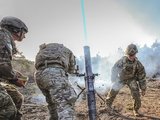
The company’s mortar trainer received improvements based on soldier’s feedback.
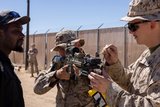
The company will operate in two new locations in the coming years to better support US services.

This type of tool provides more realistic training easing the incorporation of new scenarios that accurately represent the threats of the battlefield.
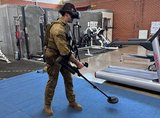
The Engineering Corps has been conducting individual instruction using FLAIM Systems’ Sweeper and should start collective deployments in 2025.
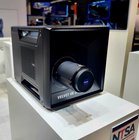
The next-generation platform is motion-compatible and can be used in OTW and NVG applications.
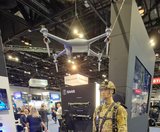
The system can be used to prepare soldiers for both drone offensive operations and CUAS missions.